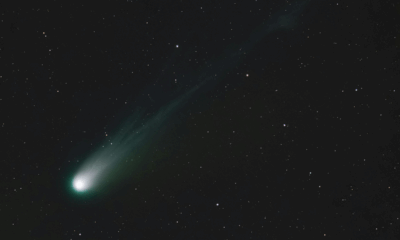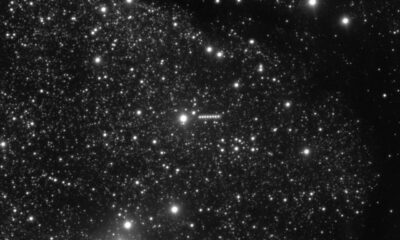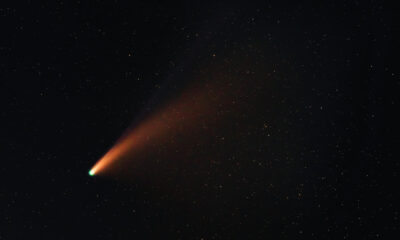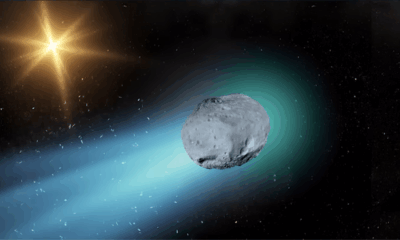Science
Harvard Scientist Investigates New Asteroid as Possible Alien Probe
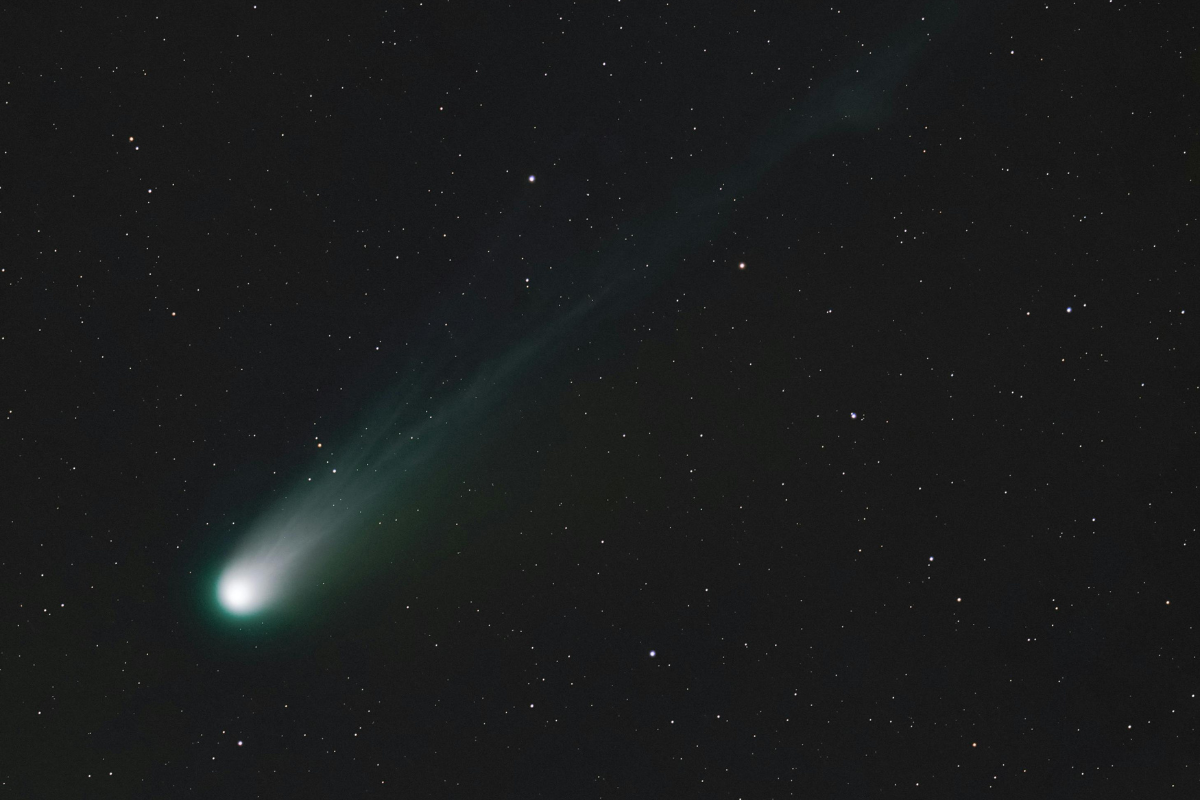
A recently discovered asteroid, designated 2025 PN7, has sparked significant interest among scientists and the public alike. This “quasi-moon,” temporarily captured by Earth’s gravity, is being investigated by Avi Loeb, a prominent astrophysicist from Harvard University. Loeb proposes a provocative theory: the asteroid could be an artificial monitoring device placed by an advanced civilization.
In his analysis, Loeb underscores the brevity of human history, which spans a mere 8,000 years. This is minuscule compared to the 13.8 billion-year age of the Milky Way galaxy. He argues that in this extensive timeline, it is plausible that other intelligent species evolved long before humanity. As a result, Loeb suggests that these civilizations might consider us a “baby civilization,” observing our development from a distance rather than initiating direct contact.
Loeb’s hypothesis positions 2025 PN7 as a prime candidate for such a hypothetical probe. The asteroid was first identified by scientists at the Pan-STARRS Observatory in Hawaii on August 29, 2025. It is believed to have been orbiting Earth for approximately 60 years and is expected to remain within our vicinity for another 60 years. Measuring “roughly the size of a small office building,” it is considered too small to significantly affect Earth’s tides or other natural processes. While most scientists view it as a temporary asteroid, Loeb insists that only further data can clarify its true nature.
Additional Interstellar Discoveries
Loeb’s investigation coincides with another interesting event: the movement of Comet 3I/ATLAS, the third known object from interstellar space to enter our Solar System. Discovered on July 1, 2025, by the ATLAS survey in Chile, this comet is not expected to pose any threat to Earth. Its closest approach will occur at a distance of approximately 170 million miles around October 30, 2025, during which it will pass just inside the orbit of Mars.
The arrival of Comet 3I/ATLAS follows the discovery of ‘Oumuamua in 2017 and 2I/Borisov in 2019. Astronomers have estimated the comet’s nucleus to range between 1,444 feet and 3.5 miles in diameter, based on observations from NASA’s Hubble Space Telescope. The frequency of such interstellar visitors suggests that our galaxy is teeming with activity, supporting Loeb’s argument that numerous objects have traversed our Solar System long before humans were capable of recording their presence.
As NASA continues to monitor Comet 3I/ATLAS with an array of instruments—including the Perseverance and Curiosity rovers on Mars, as well as the Lucy and Psyche missions—Loeb remains focused on the asteroid closer to Earth. His ongoing research seeks to determine whether 2025 PN7 is merely a natural rock or potentially the first evidence that humanity is being observed from afar.
-

 Entertainment3 months ago
Entertainment3 months agoAnn Ming Reflects on ITV’s ‘I Fought the Law’ Drama
-

 Entertainment4 months ago
Entertainment4 months agoKate Garraway Sells £2 Million Home Amid Financial Struggles
-

 Health3 months ago
Health3 months agoKatie Price Faces New Health Concerns After Cancer Symptoms Resurface
-

 Entertainment3 months ago
Entertainment3 months agoCoronation Street’s Carl Webster Faces Trouble with New Affairs
-

 Entertainment2 months ago
Entertainment2 months agoWhere is Tinder Swindler Simon Leviev? Latest Updates Revealed
-

 Entertainment4 months ago
Entertainment4 months agoMarkiplier Addresses AI Controversy During Livestream Response
-

 Science1 month ago
Science1 month agoBrian Cox Addresses Claims of Alien Probe in 3I/ATLAS Discovery
-

 Entertainment4 months ago
Entertainment4 months agoKim Cattrall Posts Cryptic Message After HBO’s Sequel Cancellation
-

 Entertainment2 months ago
Entertainment2 months agoOlivia Attwood Opens Up About Fallout with Former Best Friend
-

 Entertainment3 months ago
Entertainment3 months agoMasterChef Faces Turmoil as Tom Kerridge Withdraws from Hosting Role
-

 Entertainment4 months ago
Entertainment4 months agoSpeculation Surrounds Home and Away as Cast Departures Mount
-

 World2 months ago
World2 months agoCole Palmer’s Mysterious Message to Kobbie Mainoo Sparks Speculation



